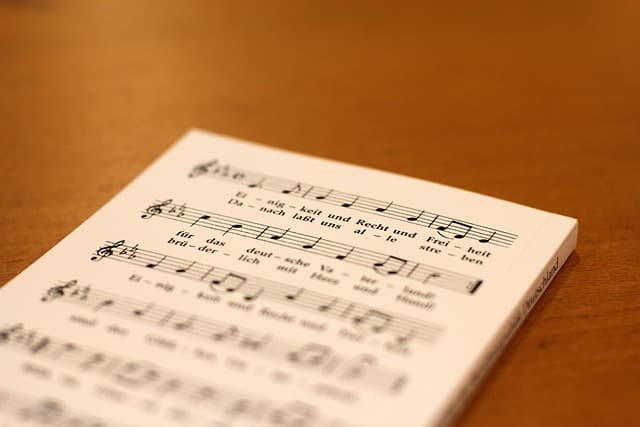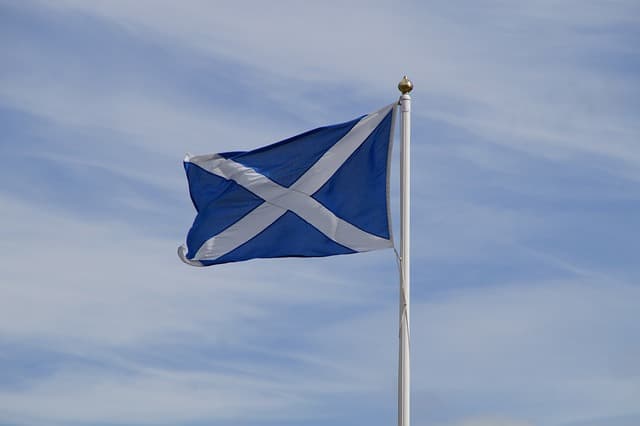In the history of a country, there has often been a “moment of truth” that inspired people to create a solemn song about their native land.
This sincere expression of patriotic sentiment has not always been fueled by events such as revolution or the declaration of national independence. The anthem of the United States of America “The Star Spangled Banner” was born during the war with England, in 1814, 30 years after the Declaration of Independence, and for a long time did not have the status of an official symbol of the state. Mexico’s current anthem, which appeared in 1854, was a reaction to the Mexicans’ resounding defeat in the war with the United States, which resulted in the country losing more than half of its territory.
Anthems in honor of the monarchy
In Europe, the consolidation of centralized power gave rise to hymns dedicated to rallying the nation around the monarch. The classic example of such hymns was the English patriotic song “God Save the King” (“God Save the King”) in the mid-18th century. Written by Henry Carey in 1743, it became popular two years later, during the suppression of the Stuart rebellion, and later spread outside Britain.
Dozens of national anthems were copied from the main song of the English. In the 19th century, European courts made it the musical symbols of their countries.
Most of the hymns singing the monarchy have long since passed into history, and only a few still exist as national anthems – in Monaco, Jordan and Nepal. And in the Principality of Liechtenstein still perform the music of the British anthem with the original text.
Songs of revolution
Another wave of national anthems – revolutionary – came at the end of the 18th century with the famous “Marseillaise”. In countries that had lost their independence by that time, along with the idea of the renewal of the homeland, the idea of the revival of the nation was proclaimed.
To that era refers to the creation of the Polish “Mazurka Dąbrowski”, for decades considered the main patriotic song of the Poles and recognized as the national anthem only in the 20-ies of the XX century.
And other anthems
A special and not the best page in the history of hymn-making – anthems of states with totalitarian ideology. Sooner or later such creations left the historical stage together with the regimes that produced them. The practice of adopting entirely borrowed or international songs such as “Marseillaise” or “Gay, Slavs!” as the national anthem has been equally unsuccessful.
In some countries (Italy, Slovakia), songs previously banned by the authorities became official national symbols. To sing the Croatian anthem “Our Beautiful Motherland”, created in the XIX century on the basis of Donizetti’s aria, not so long ago, in the times of Yugoslavia, one could be imprisoned.
Where political regimes have often collapsed – in Eastern Europe, parts of Asia, Africa and Latin America – national anthems have been changed three times or more.
The agony of choice
The problems of choosing a national song arose at the end of the twentieth century in countries where the political order had changed (Eastern Europe, Mongolia, South Africa). Some countries restored historical anthems, others remodeled the anthems that existed before the change, and some states created entirely new ones.
Mongolia in 1991 returned to the previous national anthem written in 1950. However, its text had to be slightly modified – the names of Sukhbaatar and Choibalsan were removed.



